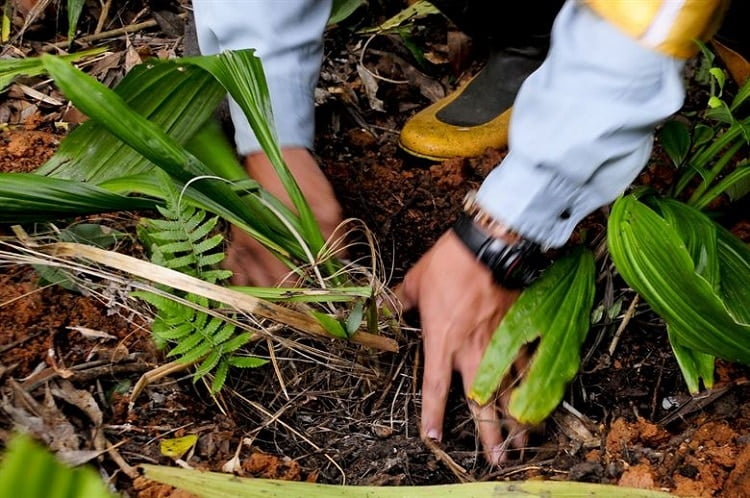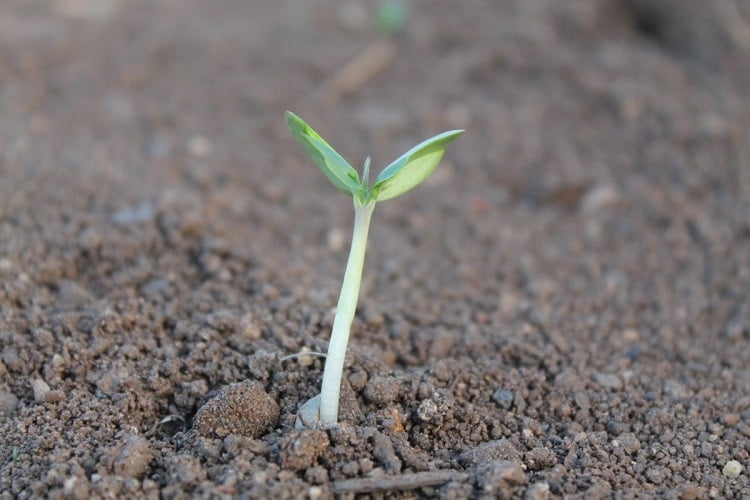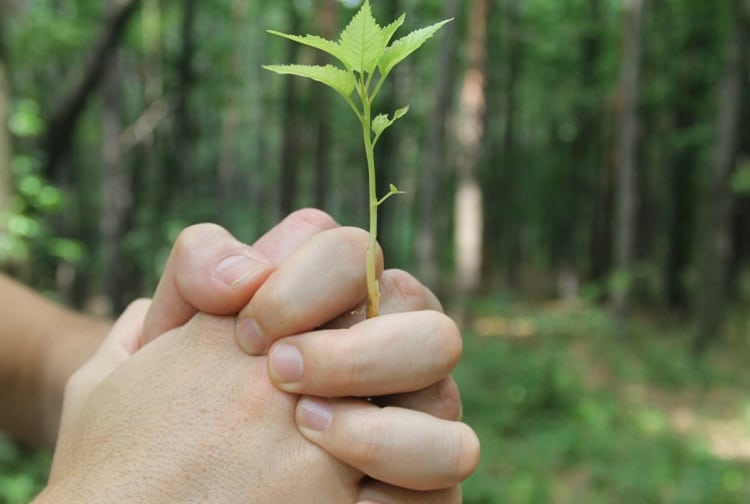
The Importance of Transplanting
Not all plants can be planted directly outdoors, as some of them might be too sensitive to the weather conditions when they are only seedlings. However, once they grow big enough, they can cope with living outside. In other cases, the roots of potted plants might get too big for a container, so you have to move them. Even switching a plant from one container to the other can be a huge change for the plant. However, this doesn’t mean you should avoid this operation completely. On the other hand, you have to do it to preserve the health of the plant. Transplanting allows it to undergo a better development in soil full of nutrients. Before finding out how to transplant a plant, you should first make sure you are familiar with those techniques that reduce the shock of transplanting. Then, you can go on with the operation, and take care of the freshly transplanted plants.How to Transplant a Plant
Many potted plants need to grow in the outdoors, so they require transplanting after growing to a certain height. If you want everything to go smoothly, follow a few simple steps. This way, your plant will thrive even in a different soil.1. Do Your Research
Before starting the operation, it’s important to know everything about how to transplant your plant. Find out what soil it thrives best in, as well as the perfect moment when you should move it. The time of the year when you do the transplanting is extremely important. The biggest enemy of certain plants can be the cold, as the seedlings can freeze and not develop properly. On the other hand, other plants might suffer because of too much warmth. It’s common knowledge that plants thrive in an environment that is neither cold nor hot, but you should make sure you know the suitable conditions for each of your plants.2. Prepare the Plant for Transplanting
Once you’ve chosen the transplanting date, it’s time to harden the plant and slowly get it used to the outdoor life. Two weeks before the date, stop fertilizing the plant. You should cut down the watering as well, but do not reduce it completely. One week before the date, it’s time to move the potted plant outside. Find a sheltered place, away from direct sunlight or other conditions. During the first day, leave it outside for one hour. During the second day, you can leave it out for two hours. As time passes, you can increase the time by one hour. While it stays outside, don’t forget to give it plenty of water.3. Pick the Perfect Moment of the Day
The two weeks have passed, and it’s time for the transplanting. The ideal time for the operation is a moment when the day is a little cooler. This means either morning or evening. The evening would be a better time, as the plant won’t have to face the warmth even during its first day outside. If the weather isn’t particularly good, it’s even better. A light rain or a drizzle can work wonders on the transplanted plant.4. Prepare the Soil
First of all, you need to pick the ideal spot in the garden for the plant. Depending on its needs, choose either a shaded or a well-lit place. Then, prepare this place. Replace the regular soil with some gardening soil. To make the environment even more suitable, you can mix this soil with some fertilizer or compost. The best choice here is to buy some gardening soil from a specialized store. This way, you will be sure it doesn’t come with any pests.5. Measure the Hole You Are Going to Dig
One tricky thing about transplanting plants is the fact that you don’t know how big the roots are. However, you can still make sure it will fit by measuring the pot in which it has been planted. Since it grew in this pot for a longer period, it means the roots made a perfect fit there. If you shape the hole after the size of the pot, the roots should do just fine.6. Carefully Take the Plant out from the Pot
If the pot is made from a ceramic material, you should take the plant out before transplanting. Here, you have to be very careful. Do not pull the plant out, as this will damage both its stem and its roots. Turn the pot upside down, and let the plant slide into your hands. If it doesn’t do it smoothly, you can help it by tapping the back of the pot. If the pot is from a thinner material, like paper, you don’t have to take the plant out. You only have to cut its bottom and allow the roots to grow freely in the soil. Also, remove the top part of the pot as well. This way, when you water the plant, it won’t prevent it from getting hydrated. When learning how to transplant a plant, it’s important to know how to treat the roots. Check them before the transplanting and make sure they are loose enough. If not, you can do it with your own hands.7. Place It in the Hole
The hole you have dug will be bigger than the roots, so there will be plenty of space left. Cover the hole with some gardening soil, and make sure everything stays at the same level. Then, pat the soil and arrange it carefully.8. Give the Plant a Thorough First Watering
To stabilize the plant in its new home, you should add plenty of water as soon as you’re done transplanting. This will help the roots get accustomed to the new soil, and keep the plant healthy. Afterwards, you can follow a normal watering schedule, depending on the needs of the plant. You can also mix some fertilizer into this water, but make sure it’s the suitable one.Can Transplanting a Plant Help Revive a Dead Plant?
Transplanting a plant has the potential to play a crucial role in reviving a dead plant and promoting growth. By carefully uprooting the plant and transferring it to a new location with suitable conditions, it allows for the rejuvenation of roots, nutrient absorption, and access to better environmental factors. This process can give the plant a fresh start and increase its chances of survival and flourishing.
How to Reduce the Transplanting Shock
Learning how to transplant a plant is not enough if you don’t find out what to do to reduce the transplanting shock. When changing the environment of a plant, it suffers a serious impact. To reduce this stress and prevent the plant from withering, you can apply some tricks and make everything easier.1. Water the Plant Thoroughly Before Transplanting
The roots need to be ready for the operation and the change of soil. To stay healthy throughout the process, they will need some water. One day before transplanting, add plenty of water to it. This way, the roots will absorb as much of it as possible. Right when you get ready to remove the plant from the pot, water it again. This will make it easier to take it out and will prevent it from drying out.2. Do Not Leave the Roots Exposed
Once you have removed the plant from the pot, place it in the soil immediately. Do not leave them exposed to sunlight, wind, or other weather conditions. They are extremely frail and can lose the water they have absorbed in no time.3. Water the Soil Right Before and During Transplanting
The hole where you will place the plant has to have a muddy consistency. Therefore, you need to perform some puddling. Soak this hole with water, place the plant in, and then add some more water. This is necessary to turn the soil into a compact mass. However, do not press it too much, as the water will do the job just fine.4. Keep the Plant Away from Sunlight
Even if the plant you have transplanted needs sunlight to thrive, it’s better not to expose it too soon. Fashion a cover to place above this plant for three to five days to protect it from any direct sunrays. Then, the plant will have already adjusted to the conditions and will be ready to face life in a garden.5. Check the Plant Status Daily
During the first weeks, transplanted plants remain sensitive. This is why you should check them daily and see what they need. They might need watering every day, but make sure you won’t soak its roots. Measure the dryness at about two inches under the surface, and decide if it needs more water or not.







